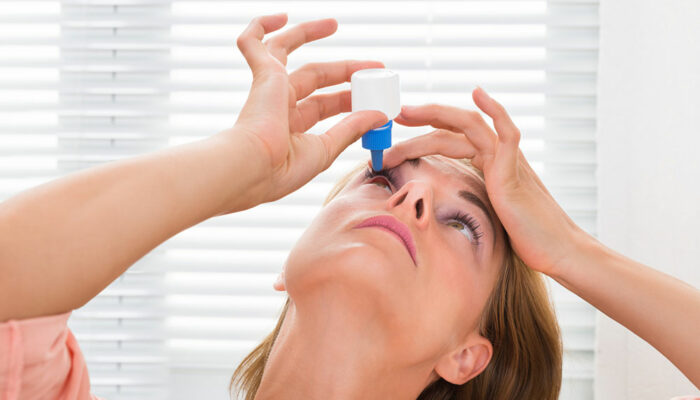
Overactive Bladder – Diagnosis and Possible Treatment Options
People with an overactive bladder (OAB) find themselves unable to control the urge to urinate frequently. Age, chronic conditions, such as diabetes, and the use of certain medications can all contribute to OAB. Here are the top diagnosis and treatment options for overactive bladder that you should know about:
Diagnosis of OAB
- Checking medical and genetic history
In diagnosing OAB, it is important to understand your medical and genetic history. Your doctor will start by asking your age, how long you have had the symptoms of OAB, and other related questions. Your genetic history includes whether or not some of your blood relatives were diagnosed with OAB. - Urinalysis
A urinalysis is one of the primary tests that are on the list of diagnostic procedures for OAB. In a urinalysis, the doctor will check your urinary system for infection, inflammation, or other problems that could be causing the frequent and uncontrolled urge to urinate. - Bladder stress test
This is a simple test that helps to see if you have a leaky bladder. You will be asked to drink water until your bladder is full and then cough to see if you are leaking urine. - Urodynamic test
This is a series of tests that measure the ability of your bladder to hold urine and empty it. This diagnostic method is opted for when none of the other diagnoses seem to produce visible results. This test includes three parts — uroflowmetry, which measures the amount and speed of urine passing through; and cystometry, which measures the size of the bladder and how well it functions when you wish to urinate.
Possible treatment options for OAB
- Kegel exercises
Kegel exercises are one of the most commonly suggested treatment options for OAB. These are also called pelvic floor muscle exercises. Kegel exercises strengthen pelvic floor muscles and improve sphincter function, thereby preventing urine leakage. - Medication to increase bladder capacity
Anticholinergic drugs are used in increasing the bladder capacity and also in controlling the signals sent to the brain about bladder muscle contractions. These drugs help retain urine in the bladder for a longer time without leaks. - Intermittent catheterization
This is an advanced treatment option that involves inserting a catheter into the bladder multiple times to completely empty it. This is for patients who are not able to empty their bladders fully and end up with leaks or frequent urges to urinate. - Surgery
A surgical procedure is opted for if no other treatment option seems to work and the symptoms increase in severity. Options include surgeries to improve bladder capacity and even to remove the bladder altogether.
Before opting for any of the above tests and procedures, it is important to check with your doctor to determine which option best suit you.



